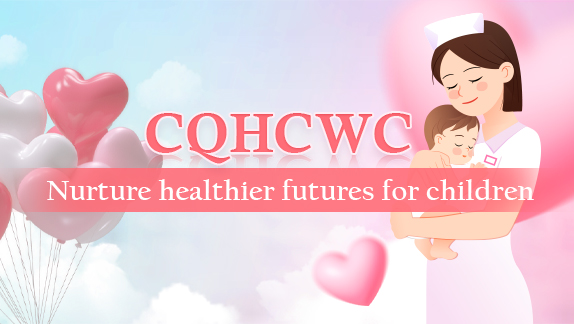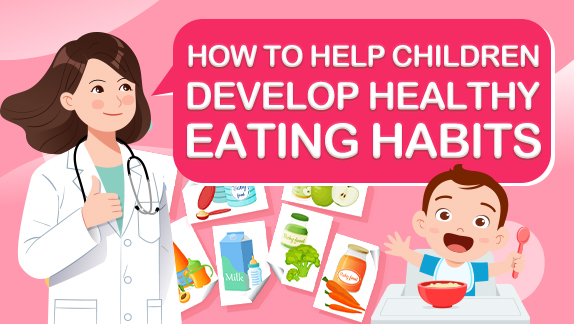What you should know about febrile seizure
Febrile seizure is a common pediatric emergency. Out of every 100 children, five may have a febrile seizure triggered by a fever, and about one-third of those who experience one may have second or even third convulsions, causing significant concern among parents.
Most febrile seizures occur suddenly when a child's body temperature rises to 38.5-40 C or higher, and consist of a sudden loss of consciousness, with upturned or gazing eyes, or strabismus on one side and tremors of the limbs. The symptoms may last several seconds to several minutes and can happen more than once. Belated treatment may result in serious neurological sequelae.
Why are children vulnerable to febrile seizures?
Children's brains are immature and their immune systems are weak, so they are prone to fever, and the incidence of febrile seizures in children younger than 6 is 10-15 times that of adults. The age of the first onset of febrile seizures is usually from 6 months to 5 years old, and the most common age range is 1 to 3 years old.
What children are prone to febrile seizures?
Children with a family history of the illness are more prone to febrile seizures, as febrile seizures have a clear familial tendency. Statistics showed that 25-40 percent of children who experience febrile seizures have family members who also had them.
Will febrile seizures affect a baby's intelligence?
Convulsions can cause temporary brain dysfunction, and even have a significant impact on a child's developing brain. The transient effect of a convulsion on recent memory is comparable to the damage caused by a concussion, while the status convulsivus can produce severe irreversible brain damage.
Neuronal ischemic lesions can appear in children with convulsions that last for more than 30 minutes and in adults when they last more than 6 hours.
How to treat febrile seizures?
Most febrile seizures are short-lived self-limiting seizures. Parents should first remain calm, then remove any dangerous objects, place the child in a lateral position, and clean up any oral secretions. Remember not to stimulate the child (avoid pressing the philtrum) or apply any force on the child's limbs.
If convulsion time does not exceed 5 minutes, there will be little effect on the child's brain, and parents just need to closely observe the mental state of the child. But if the convulsion lasts for more than 5 minutes or the child is still unconscious after the seizure, seek medical attention immediately.
Pediatric Outpatient Department of the Chongqing Health Center for Women and Children (CQHCWC)
Address: Areas C and D, 1st Floor, Outpatient Department, Ranjiaba Branch
Service hours: 24 hours a day year-round

 CQHCWC: Nurture healthier futures for children
CQHCWC: Nurture healthier futures for children How to help children develop healthy eating habits
How to help children develop healthy eating habits Wechat
Wechat Weibo
Weibo